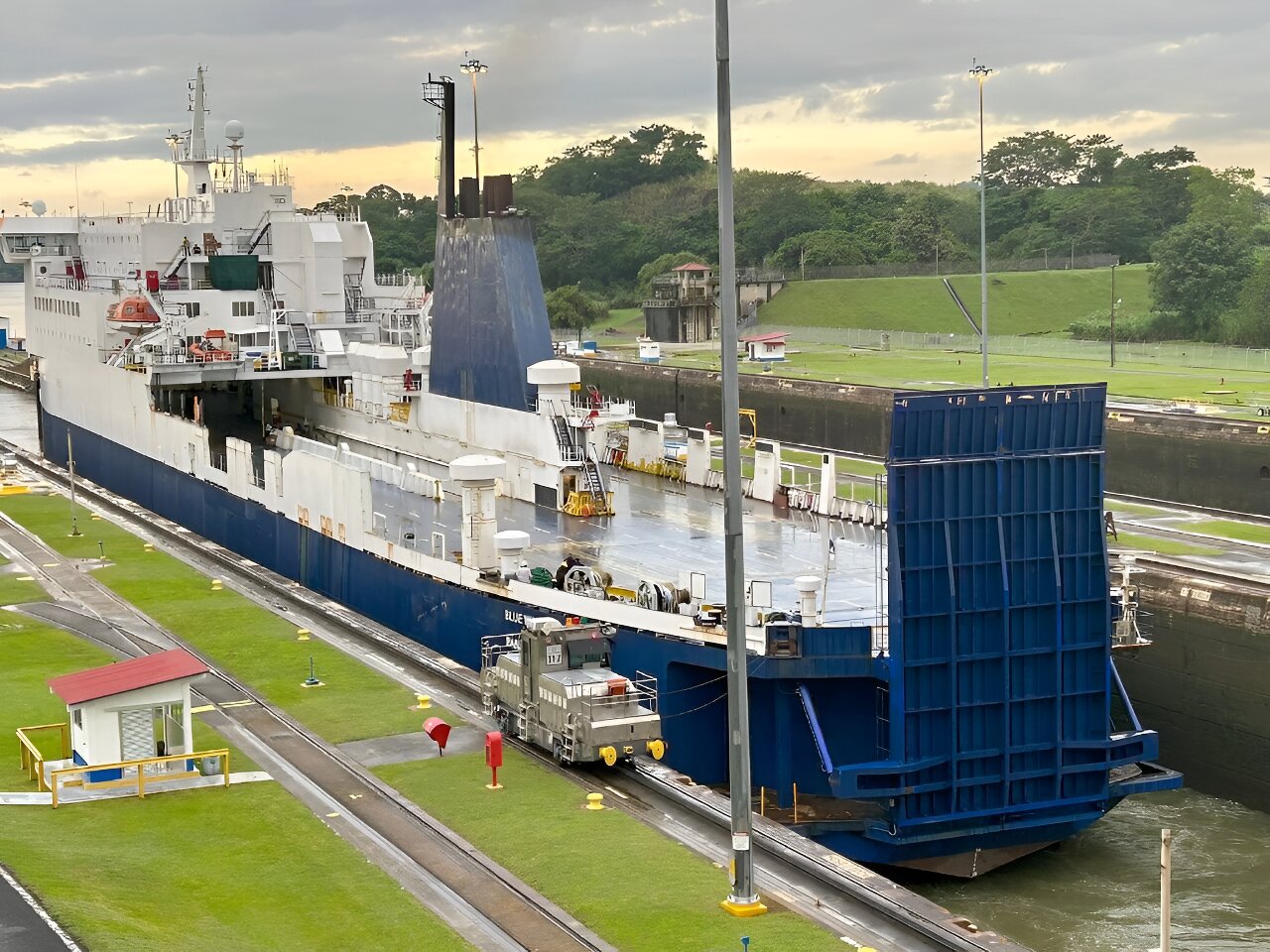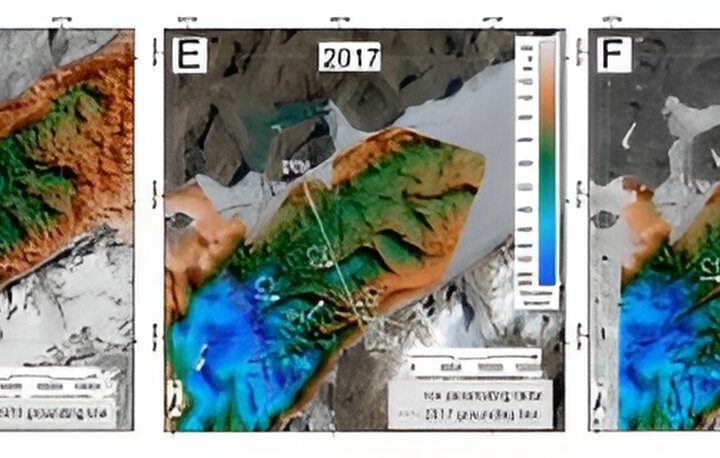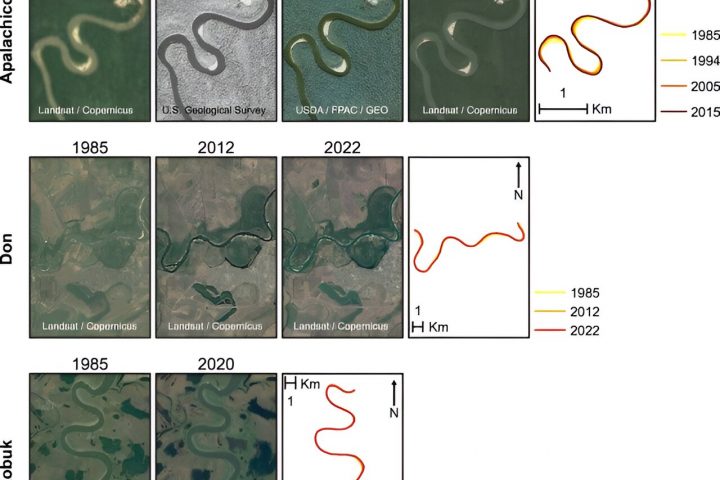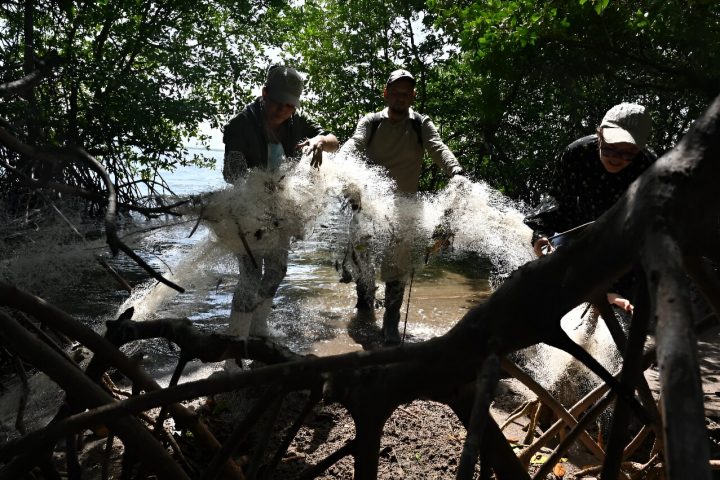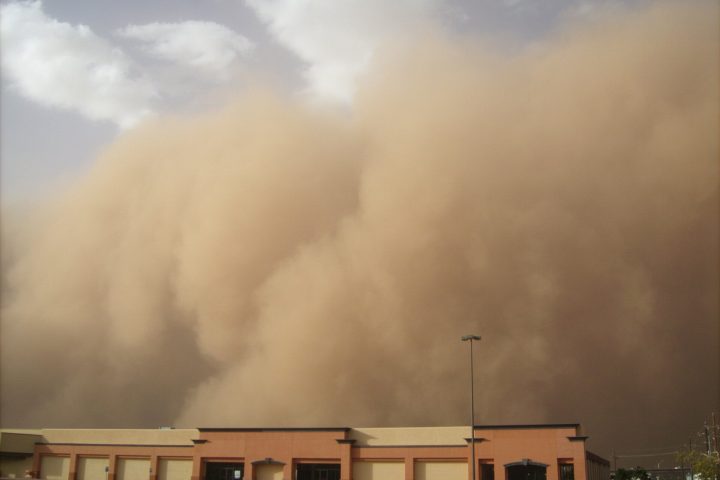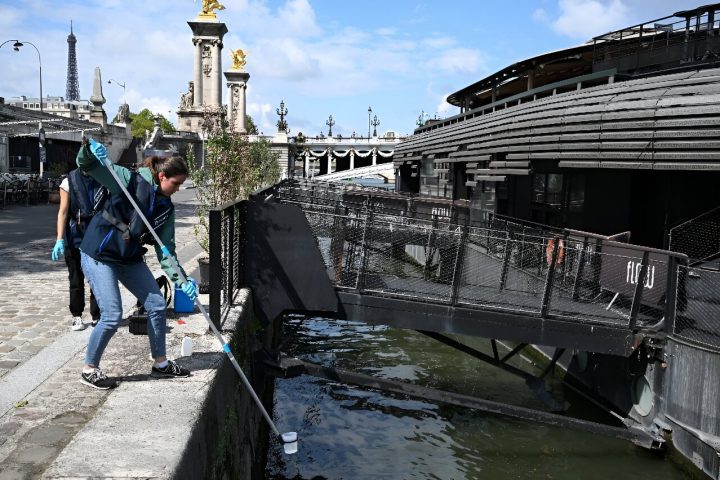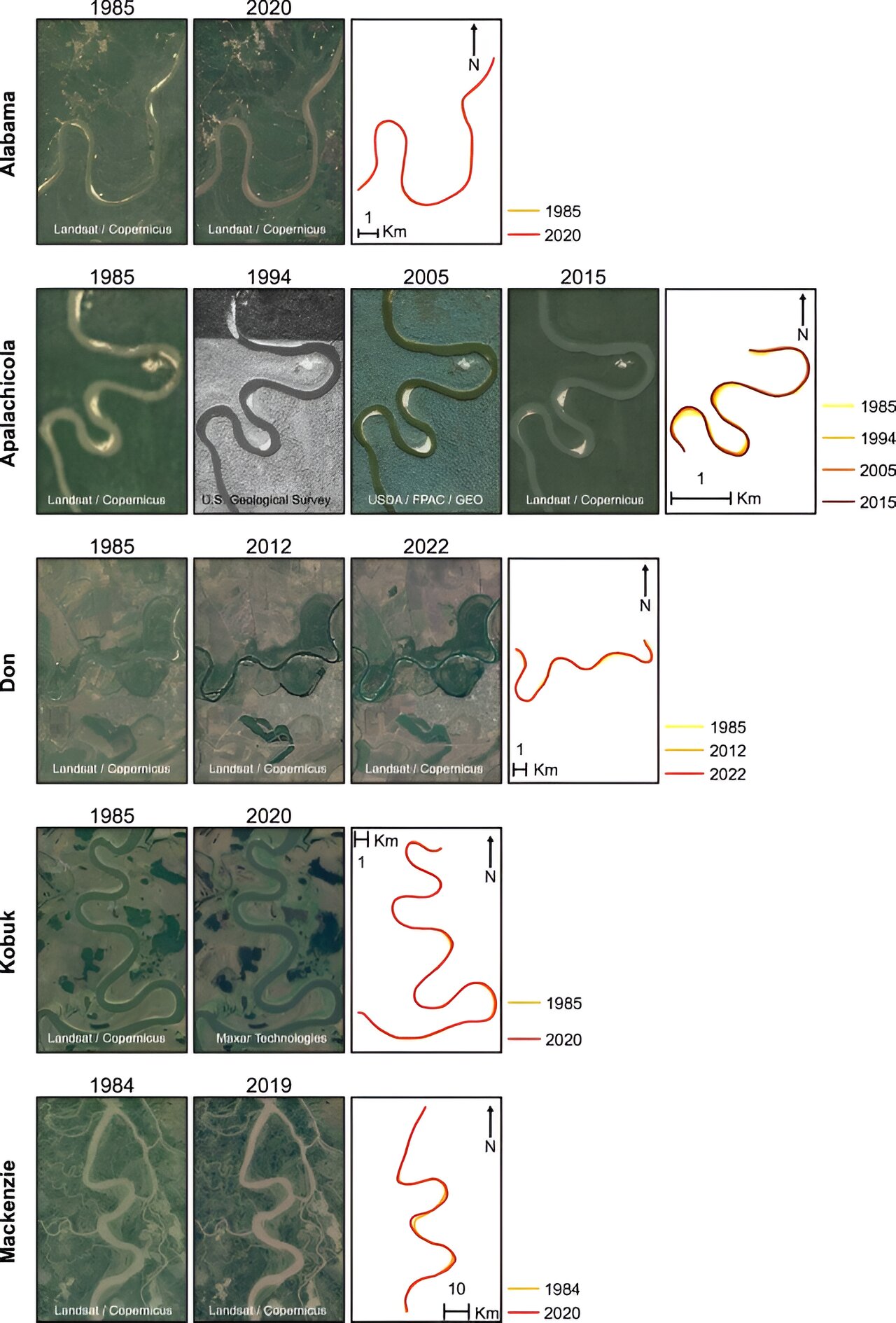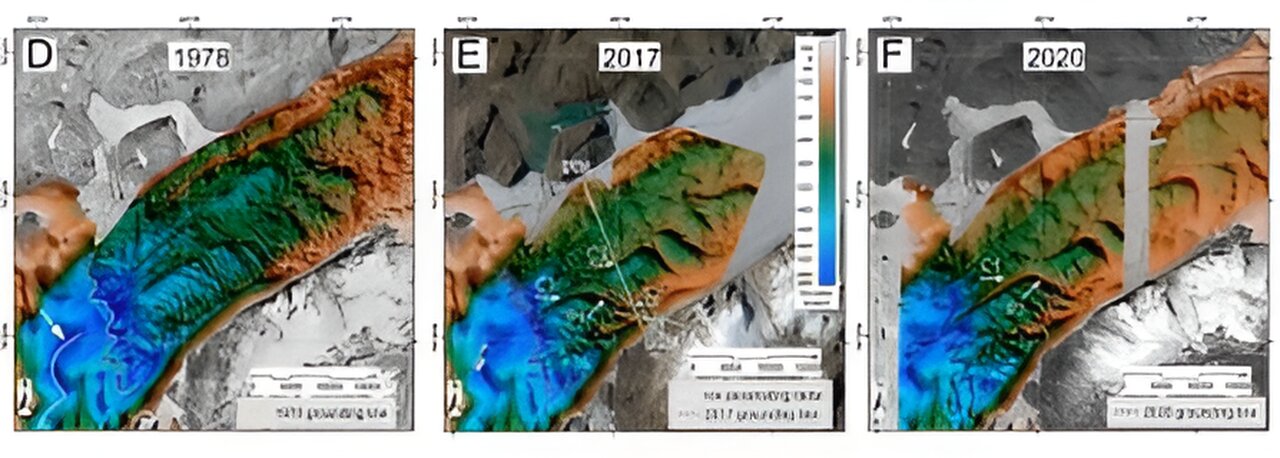The Panama Canal, a remarkable engineering marvel that enables ships to traverse between two oceans, is facing the challenge of adapting to climate change. A severe drought has caused a decline in traffic and revenue, prompting the need for innovative solutions.
The canal relies on rainwater to operate its system of locks, which function like water elevators, lifting ships up and over the continent between the Atlantic and Pacific Oceans. However, due to a water shortage caused by low rainfall, the number of vessels passing through has been restricted. This is projected to result in a $200 million decrease in earnings in 2024 compared to this year, according to canal administrator Ricaurte Vasquez.
The situation is exacerbated by the Pacific warming phenomenon known as El Niño, which intensifies drought conditions. Vasquez acknowledges the disadvantage of relying on freshwater compared to other maritime routes that use seawater. He emphasizes the need to find alternative solutions in order to remain a relevant trade route.
The Panama Canal, spanning 50 miles (80 kilometers), facilitates around six percent of global maritime commerce. Revenue for 2023 is forecasted at $4.9 billion. Since its opening in 1914, the canal has served as a crucial shortcut for over a million vessels, saving them from a lengthy journey around the tip of South America.
An ‘Unusually Severe’ Crisis
Meteorologist Alcely Lau highlights the significant rainfall deficits observed this year, exacerbated by El Niño. The drought has led to restrictions on the waterway, limiting passage to ships with a draft of 13.11 meters (43 feet). The average number of ships crossing the canal per day has decreased from 40 to 32 in order to conserve water.
Each ship requires 200 million liters of freshwater to navigate through the locks before the water is discharged into the sea. Vasquez describes the current crisis as exceptionally severe, with the restrictions expected to remain in place until September of next year. Some merchant ships are forced to unload their containers and transport the lighter vessel through the canal, while the goods are transported by rail in Panama before being reloaded for shipping.
If the drought and restrictions persist, Vasquez fears that shipping companies may opt for alternative routes, such as the Strait of Magellan at the tip of South America. However, he remains hopeful that finding a solution in the near future will alleviate long-term concerns and maintain the canal’s relevance.
Saltier Water Impacting Cities
The lack of rainfall has also increased the salinity of the lakes and rivers that supply water to the canal’s watershed, which includes three cities, including the capital Panama City. Maintaining the appropriate saltwater levels is crucial, as the water treatment plants lack desalination capacity.
Unlike the Suez Canal, which can use seawater, the Panama Canal cannot replace dwindling freshwater with saltwater due to the geological challenges. Excavating massive amounts of rock would be necessary, posing a significant obstacle. Vasquez acknowledges the unique difficulties faced by the Panama Canal compared to its counterparts.
